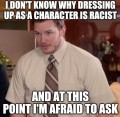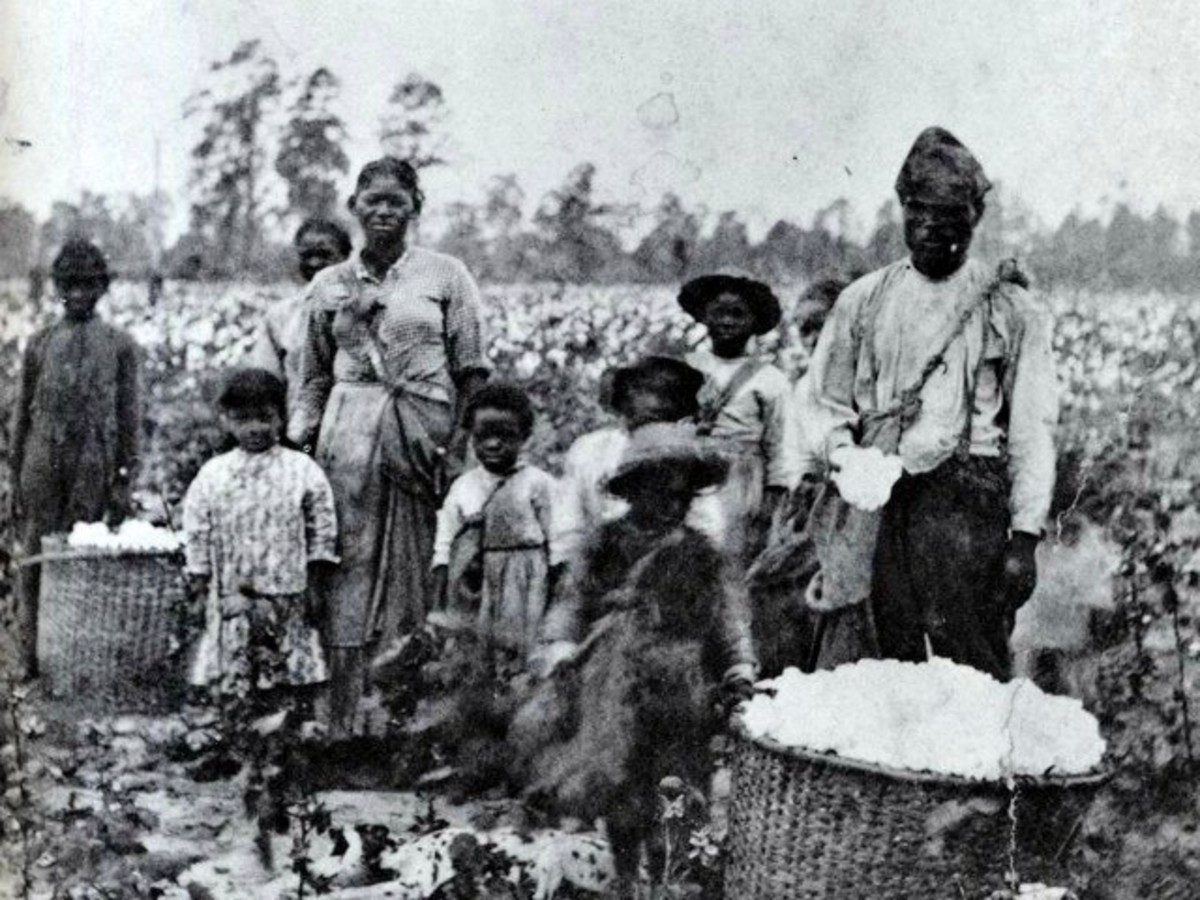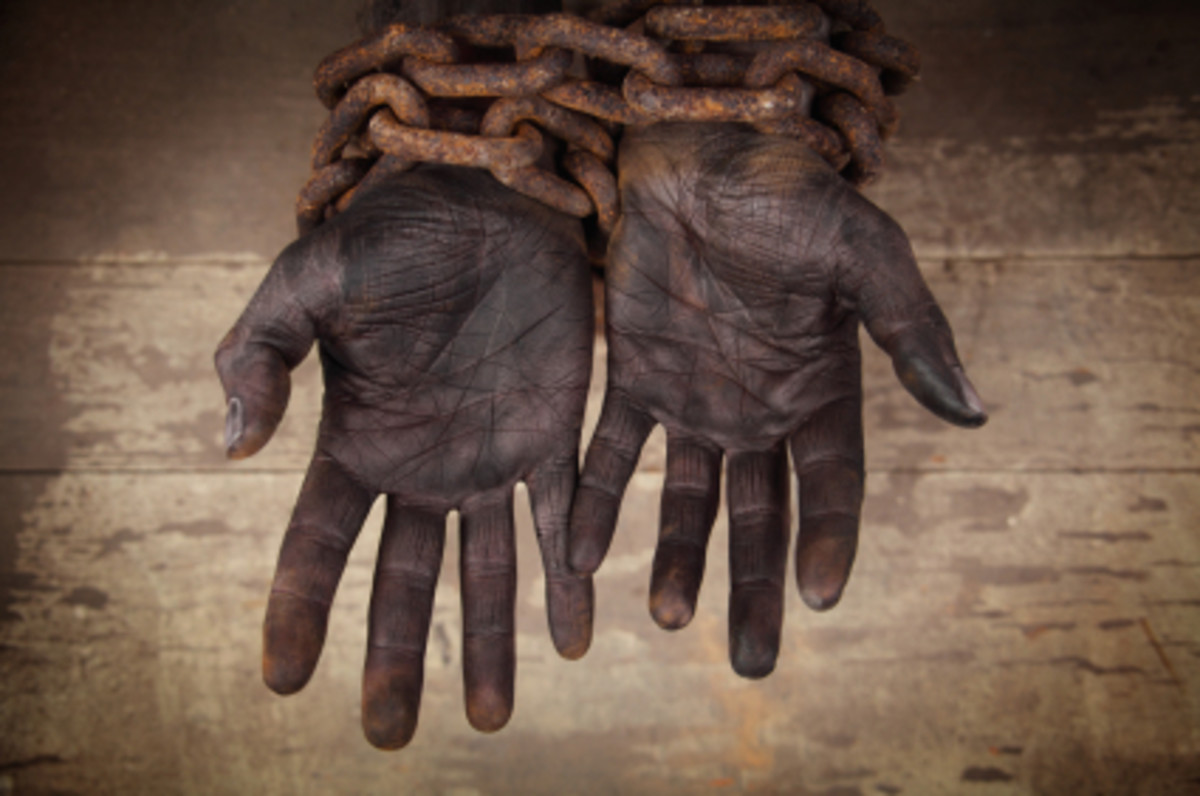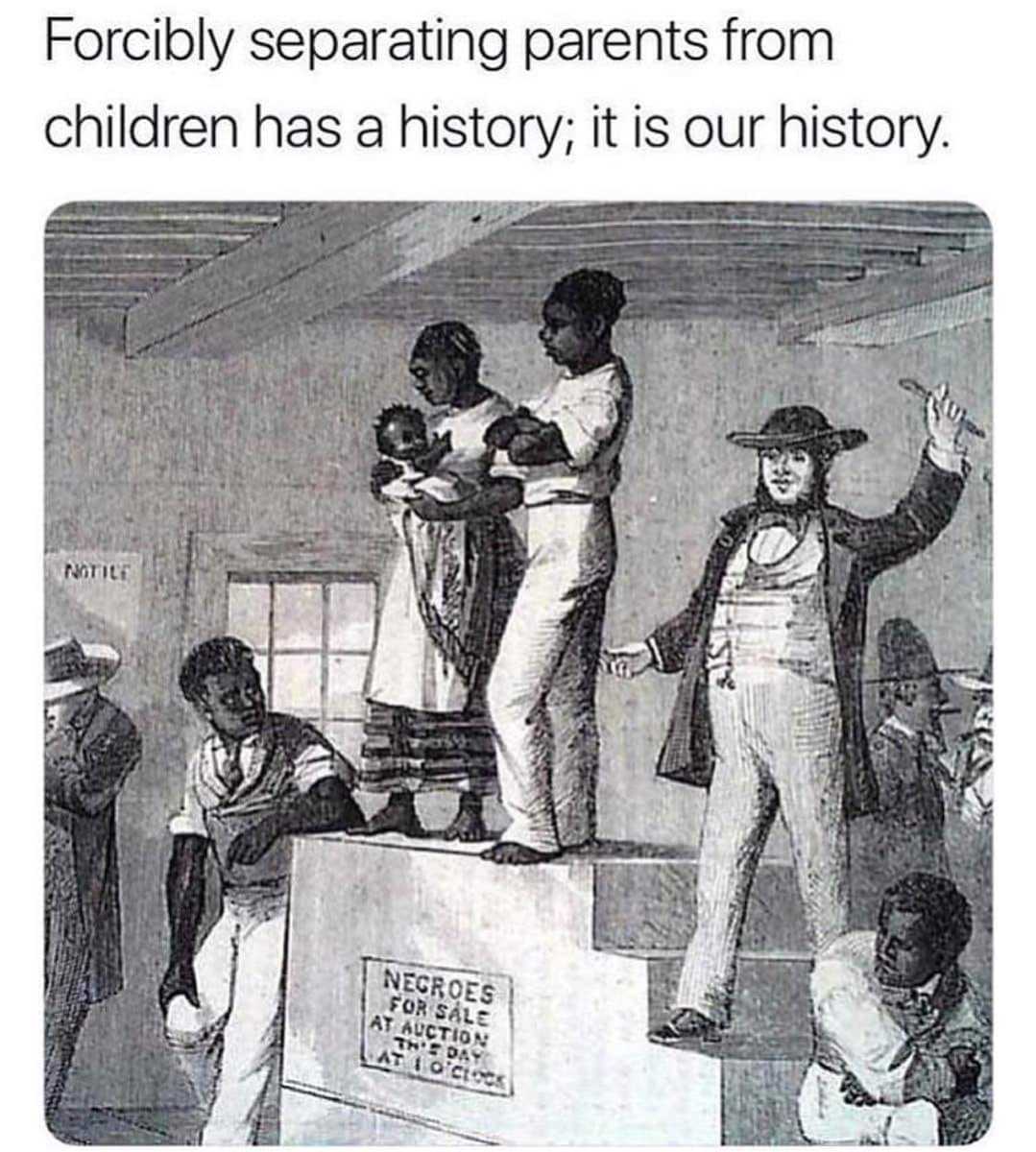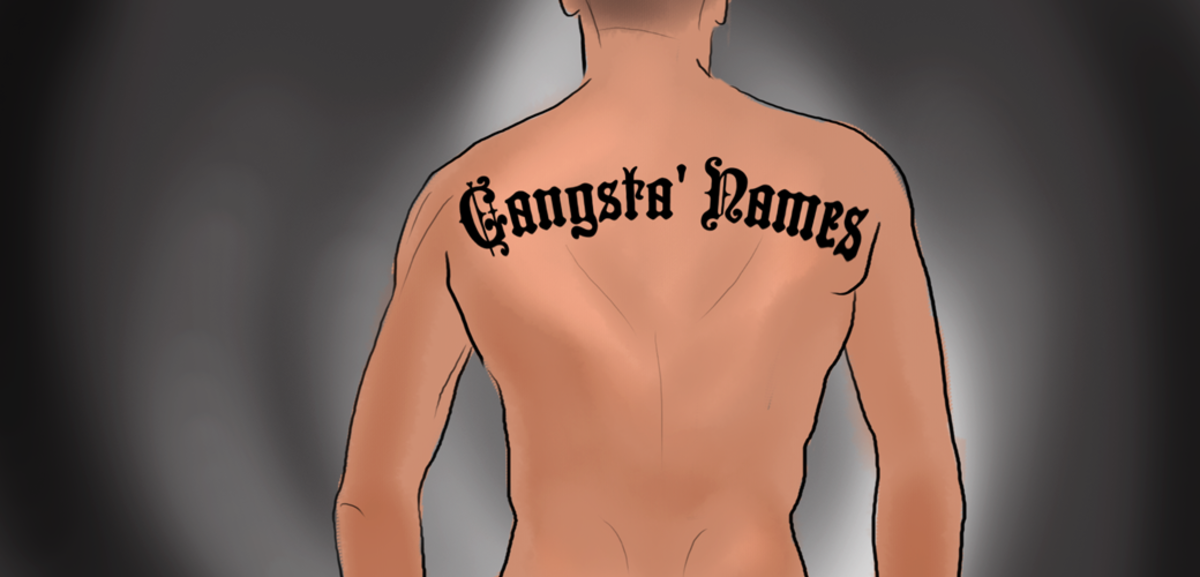Blackface: For Better or Worse
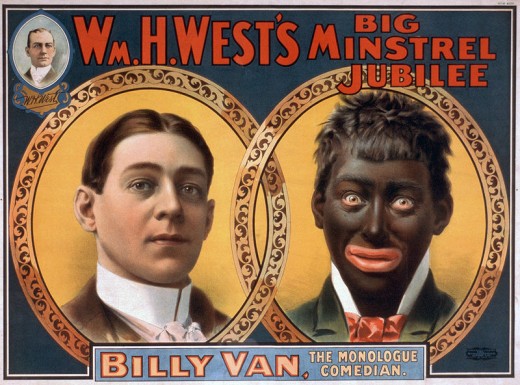
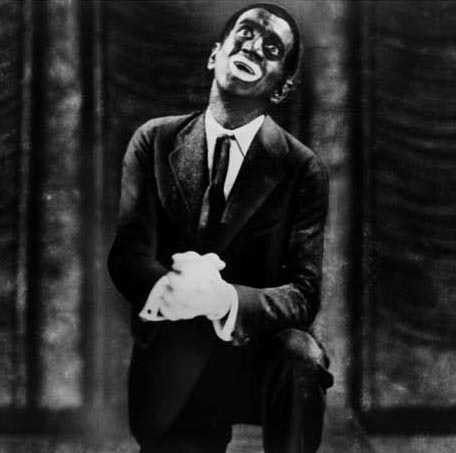
Blackface: A Comprehensive Overview
Stereotypes, they have been around forever and for better worse, they are part of our society and human interaction. In his 1922 study of the public mind, Public Opinion, American journalist Walter Lippmann defined a stereotype as " A picture in our heads." Saying, "Whether right or wrong (...) imagination is shaped by the pictures seen” (1).
We’ll start at the beginning with a short history of where the word ‘stereotype’ comes from. The term was coined by a French printer by the name of Fermin Didot in 1794. He gave the name to a printing process he had developed that used paper maiche molds to create multiple metal casts of typeset. He was then able to put the metal casts into different presses and print the same thing on separate machines at the same time. This in turn made it much easier for many people to read the same book at the same time and share the same information (1).
You can see how the name of the idea that simplified the printing process came to be associated with classifying people. Stereotypes make it easier for people to understand certain groups with out possessing any extensive knowledge of the subject themselves. In the same study, Lippmann goes on to say that “The real environment is altogether too big, too complex, and too fleeting for direct acquaintance. We are not equipped to deal with so much subtlety, so much variety, so many permutations and combinations. And although we have to act in that environment, we have to reconstruct it on a simpler model before we can manage with it” ( ).
Throughout history there have been stereotypes used to classify all different groups of people. For example, Jews are sometimes stereotyped as rich, stingy with money and having big noses. Gay men are often stereotyped as weaker than other men, having knowledge of musical theater and more fashion conscious than others. There’s even stereotypes about white people; we can be seen as privileged, non-dangerous and we aren’t supposed to be able to jump very high. However, no group of people have suffered as much accepted, public stereotyping as the African American community in the early United States with the invention and rise in popularity of blackface.
Blackface is defined as “The practice of white people dressing up like African Americans and acting out stereotyped caricatures of how they saw African American people and culture (3). This practice first became common in America in the early 1800’s (3). The actors would use either burnt cork or grease paint to make their faces black. They also, painted their lips and sometimes eyes with red or white lipstick to further caricaturize the traits that are prevalent in peoples of African American descent.
One character that was created and commonly used in early black face was called ‘Mammy’. She was created based around the image and characteristics of a household slave in a plantation house. Some of the more common traits that are associated with a mammy are a woman who is grossly overweight, usually good-natured, loud and motherly. Usually, a mammy worked in a white slave owners house in the kitchen or as a housekeeper ( 3 ).
One of the speculated reasons for the creation of the mammy was to perpetuate the idea that black women were happy and contented in slavery. “Her wide grin, hearty laughter, and loyal servitude were offered as evidence of the supposed humanity of the institution of slavery (3). She was also used to illustrate the sexual relations between blacks and whites of the time. During the early 1800’s the sexual exploitation of black women by white men was unfortunately common although socially tabooed. There are reports of black women being sexually exploited by whites of all economic classes (3). Because mammy was portrayed as a large, unattractive woman, she would have been able to work in white households without being a temptation to the man of the house.
Despite the fact that our culture has changed and evolved in many way since the 1800’s, the mammy character has become assimilated into our culture. It has evolved in our language to be synonymous with mother and grandmother and it can be seen all around pop culture from Hattie McDaniels character in the wildly acclaimed film ‘Gone With the Wind’ to Aunt Jemima and the famous breakfast foods the name is attached to.
However, it is ironic to note that in 1800’s America, a real life mammy would probably not have actually existed. According to Patricia Turner, Professor of African American and African Studies, before the Civil War only very wealthy whites could afford the luxury of "utilizing the (black) women as house servants rather than as field hands" (4). What’s more, Turner claims that house servants were usually mixed raced and skinny because blacks would not have been given much food. Also, the chances are that a real mammy would be quite young because “fewer than 10 percent of black women lived beyond fifty years” (4). Also ironically, in a traditional black face performance of the era, women would not have been allowed to act so the mammy; a large, big breasted, motherly figure would have to be played by a middle age white man. A man like Thomas Rice.
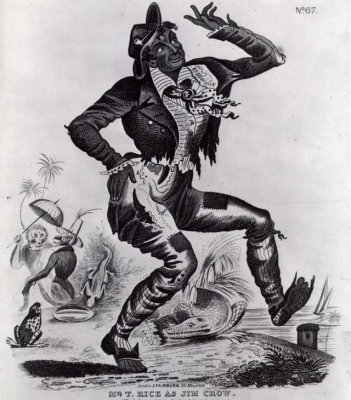
Thomas “Daddy” Rice is one of the earliest recorded black face actors and even though “the actual origin of the Jim Crow character has been lost to legend...it is clear that in 1828 Rice appeared on stage as "Jim Crow" -- an exaggerated, highly stereotypical Black character” ( 5 ). Jim Crow was a characterized by dancing and singing and being a “grinning fool” (5). By 1840 Jim Crow was a staple character in minstrel shows nationwide and he had been joined in Rice’s repertoire by other caricature’s such as ‘zip coon’ and ‘Jim dandy’.
While Jim Crow was incredibly popular in minstrel shows, by the end of the 19th century the word had come to be used differently in society. Instead of being used to “derisively describe Blacks,...the phrase Jim Crow was being used to describe laws and customs which oppressed Blacks” (4).
These Jim Crow laws were a series of laws enacted in the United States from 1877 to the late 1960’s. These laws were ones which denied black citizens of the rights and freedoms they had gained with the thirteenth, fourteenth and fifteenth amendments just years earlier. One of the laws that were enacted to restrict blacks rights was called a “grandfather clause”. These were “ laws that restricted the right to vote to people whose ancestors had voted before the Civil War” (5). Because there were not many African Americans who had ancestors that had voted before the civil war, this was an incredibly effective method of social control and kept black virtually non-existent within the political sphere.
Regardless of what you think about the morality of racial segregation, it has contributed much to our culture. It has made its way into our laws with the creation of laws like the equal opportunity employment act. Because America is worried about not appearing racist or inadvertently repeating the past they created this act which mandates the number of minority workers business must have and how they choose who they hire/fire. It has made its way into our grocery and food supplies in characters like Aunt Jemima and Uncle Ben. Even the idea of a minstrel show and using the stereotypes for entertainment has evolved to be in our present day society. It’s just not as recognizable because now it’s fed to us though TV screens and the myriad of programs and movies that have been made but stereotypes are still very commonly used.
However, contrary to the popular belief, stereotypes aren’t a bad thing. As I said earlier, they can actually be quite useful. They help to simplify things and help us to understand social groups with our needing a firsthand knowledge of the subject. One example of this can be seen with detectives and the techniques they use to catch serial killers, it is called profiling. They use information from cases they have already solved and knowledge about the types of crimes committed and the people who commit them to speculate about an existing case. Because they call it profiling and not stereotyping it can seem like they are doing something different but it is essentially the same thing. Stereotypes aren’t bad it’s just the context in which you use them.
1. 1."Stereotype.” Klein’s Comprehensive Etymological Dictionary of the English Language. 2010.
2. Russell, Thaddeus. A Renegade History of the United States. Free Press. 2010.
3. Blackface!. Ken Padgett. November 3, 2011. <http://black-face.com/ >.
4. Pilgrim, Dr. David. Jim Crow: A Museum of Racist Stereotypes. Dept. or Sociology, Ferris State University, 2000. November 3, 2011. <http://www.ferris.edu/htmls/news/jimcrow/menu.htm>.
5. Lott, Eric. “Blackface Minstrelsy and the American Working Class. Oxford University Press, 1995.


